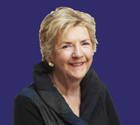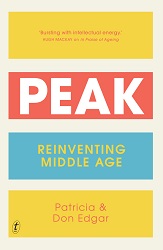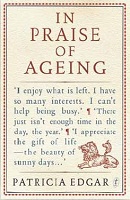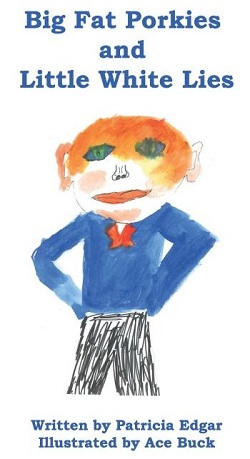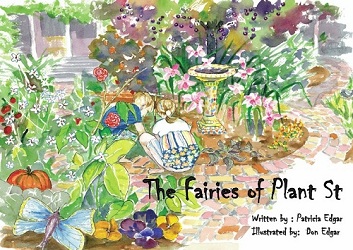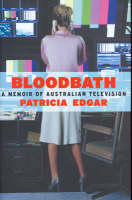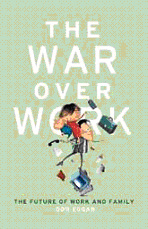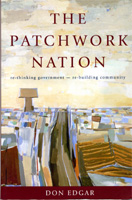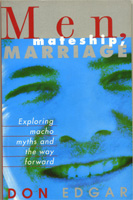In an age where nearly one in four Australians was born overseas, how do we describe our national identity?
My grandchildren are a mix of Scottish, English, Italian and South African-Greek heritage – reflecting the fact that Australia is a nation of immigrants. More than a quarter of Australian children under 18 – that’s around 1.09 million – have both parents born overseas; another 40 per cent (1.8 million) have at least one parent born overseas. For one-parent families, 14 per cent have both parents born overseas, and another 17 per cent have one. Of the total Australian population of 21 million people, around three million speak a language other than English at home.
While Dorothea Mackellar’s poem My Country, with its famous line ‘I love a sunburnt country, a land of sweeping plains,’ may still be an apt description of our landscape and conjure up images of the mythic drover on the land, only 28 per cent of our population now live in rural Australia: The ethnically diverse multi-cultural millions live in the cities.
The great narratives that established our unifying myths and gave us an understanding of who we were and where we came from, were the stories of our convict origins; our irreverence and egalitarianism; mateship and the fair go; the pioneers’ struggle to explore and settle the bush; the Anzacs’ sacrifice; the family and the suburban dream.
Such narratives, conveyed through schooling; the study of our history and literature; and our films and television, gave a sense of meaning and purpose to our lives. We understood we were Australians, not an inferior class of British or American. Among our heroes were a bushranger – Ned Kelly – and a horse called Phar Lap – both symbols of difficult eras and the subject of several films. But these narratives no longer serve to bind us together as a nation. They mean little to our new citizens: migration from Britain has declined – eight of the top 10 nations from which new citizens came in 2006 were non- English-speaking – while Chinese and Indian migration are increasing.
Our culture has transformed. Our food, football, dancing, clothing, language and appearance exhibit our change to a multi-racial society, and our arts – opera, ballet, music, literature, television and film – should reflect who we are in the 21st century. We need new narratives reflecting overarching values to bring us together so our society does not fracture into different ethnic and religious groups with no national sense of purpose.
Part of the school’s job (along with the best of the arts and media) is to teach children how to develop as good citizens and be able to live together in a community with respect and tolerance for others. They do this by teaching about the transcendent narratives of our time and they should be actively working together to this end. Today, the most important new narrative is the story of the planet on which we are bound in a common destiny. We are all caretakers of the Earth and its environment; we are all affected by climate change, extreme weather conditions like bushfires and floods, and inequality. The way of life necessary for a sustainable environment will only be reached if we work as a unified society within a global community.
In addressing this major challenge, an important story to tell all Australian children is that we are developing a complex and diverse multicultural society that is a unique social experiment in the world. Australia has a strong history as a land of immigrants who have lived together with broad racial tolerance. Most of our new citizens see Australia as a great place to live, as a country worthy of their emotional commitment. We need to draw from that history to tell new narratives that reflect these ideals; which tell the stories of courage, determination, sacrifice and adventure that have brought us together; of the strong, resilient characters who help bring a strong sense of identity, purpose, belonging, unity and continuity to our lives.
In the words of the song sung at the inclusive bushfire memorial service in February:
We are one, but we are many / And from all the lands on earth we come / We share a dream and sing with one voice / I am, you are, we are Australian.
Dr Patricia Edgar is an
author, television producer, educator and founding director of the Australian
Children’s Television Foundation.
Her latest book is The New Child: In search of smarter grown-ups

